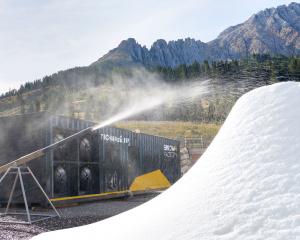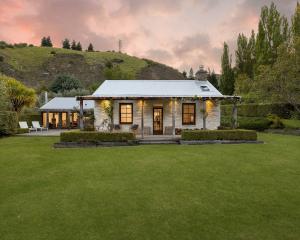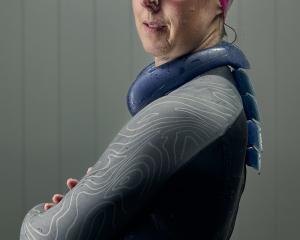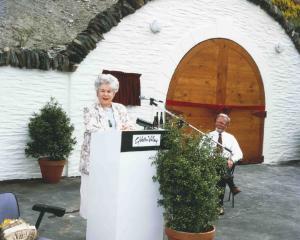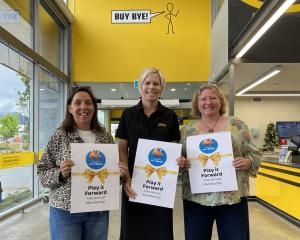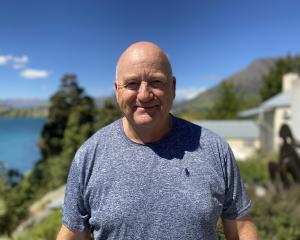An example of one of Germany's deadliest World War 1 fighters, a Fokker D-8 (or Flying Razor), will be make its first flight at this year's Warbirds Over Wanaka International Airshow.
Vintage Aviation, a specialist restoration company based in Wellington and Masterton, finished building the replica Fokker D-8 late last year.
The company's production manager, Gene De Marco, said in a media release yesterday the aircraft was a replica with a reproduction rotary engine.
There was only one original D-8 remaining, held at the Caproni Museum in Italy, he said.
Mr De Marco is originally from New York and restored his first aircraft at the age of 16. He has been building and flying WW1 aircraft for about 25 years.
He was bringing other aircraft to the show, with each having their own idiosyncrasies and notoriously tricky to fly, he said.
"Some early aircraft don't have throttles, or brakes or even ailerons. There's a huge difference from modern aircraft and you really have to be around them to learn about them," Mr De Marco said.
The nimble German D-8 fighter was a parasol-winged monoplane. It entered WW1 late but was quickly acknowledged as a formidable foe by Allied pilots.
It carried two machine guns and was extremely manoeuvrable in comparison to its predecessors.
Also coming to Wanaka is a British Bristol Fighter. This was a very successful two-seater aircraft which served in New Zealand during the early days of the RNZAF, known then as the New Zealand Permanent Air Force.
Bristol Fighters were used for pilot training, aerial surveying, and gathering meteorological data in this country, and flew in combat with the RAF in Europe, some piloted by New Zealanders including the highly decorated fighter ace Sir Keith Park.
A WW1 Sopwith Camel will also be at Wanaka, in the hands of Mr De Marco.
The agile biplane, which is difficult to control during take-off and landing, was also flown by Kiwi pilots in WW1.



